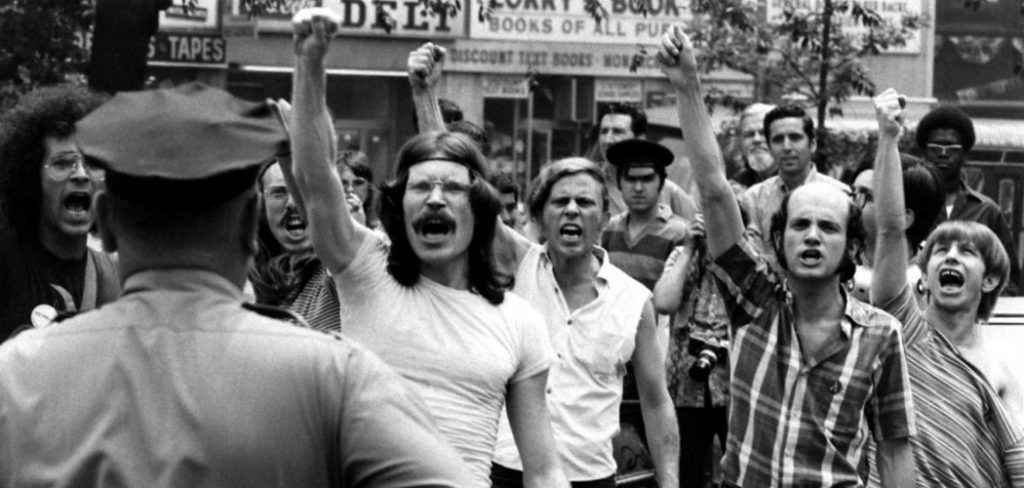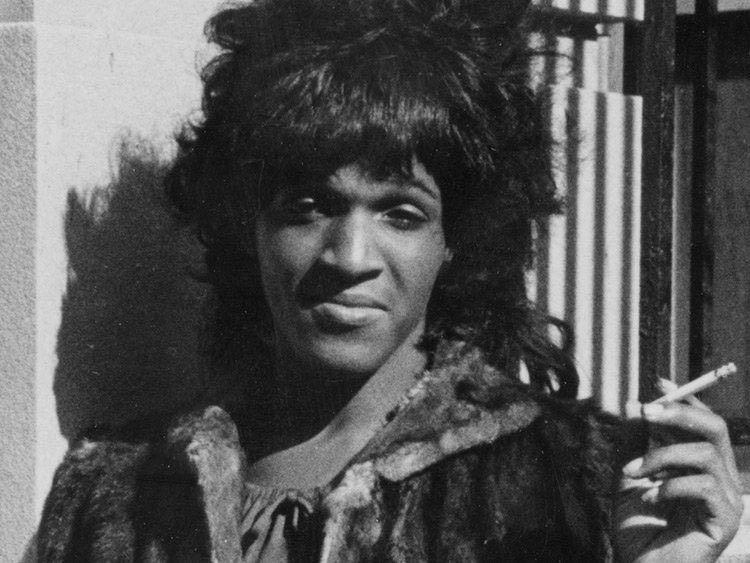Stonewall Uprising

Stonewall Uprising (2010) by directors Kate Davis and David Heilbroner tells the story of the 1969 police raid on the Stonewall Inn – a prominent mafia-run gay bar in Greenwich Village, New York City. At the beginning of the film, black and white footage illuminates the attitudes towards LGBTQ folx during this era: punishments for homosexuality included (but were not limited to) sterilization, castration, and lobotomization. The film then introduces the LGBTQ social scene in the 1960s in New York City and explains of the repeated injustices experienced by this community inflicted on them by New York City law enforcement. On the night of the Stonewall riots, police officers conducting an unexpected raid of the “bottle bar” (with the intention of shutting down the bar and making arrests) incited a rebellion among Stonewall patrons – this quickly developed into a multiple-night riot. The film is shocking and upsetting but ultimately, inspirational. However, two key figures of the Stonewall Riots are missing from this story: Where are Marsha P. Johnson and Sylvia Rivera?

Among the questions that came up for me while watching this film (having some background on the true history of Stonewall) was: “How could the directors of this film omit the women largely responsible for this event?” Or perhaps the better question is “why?” Given that Stonewall is largely recognized as the single event that paved the way for gay rights activism in America, why would someone chose to omit these key players? It is an interesting paradox that a film about gay rights and queer activism in America, a film which appears to be pro-queer and empathetic to the plight of the individuals depicted, is in itself oppressive and exclusionary. It is also important to note that all individuals interviewed for the film – Stonewall patrons, rioters, and police men – are white men. Constructing the story of Stonewall into a white-washed and trans-exclusionary film contributes to ongoing racialized violence and trans-phobia today and does not represent a true historical version of the events.